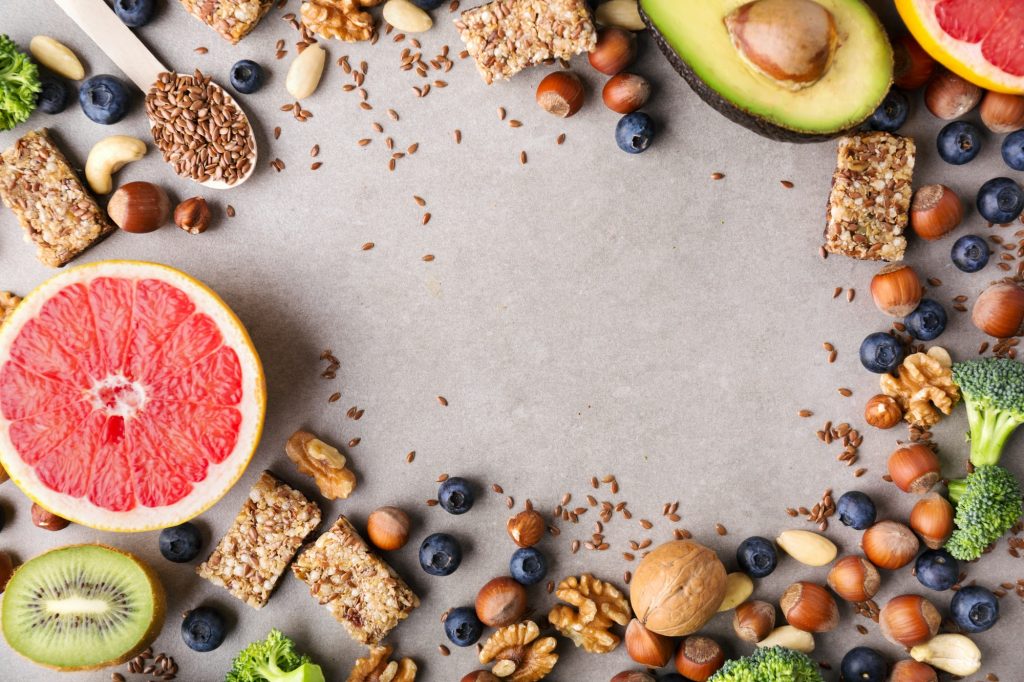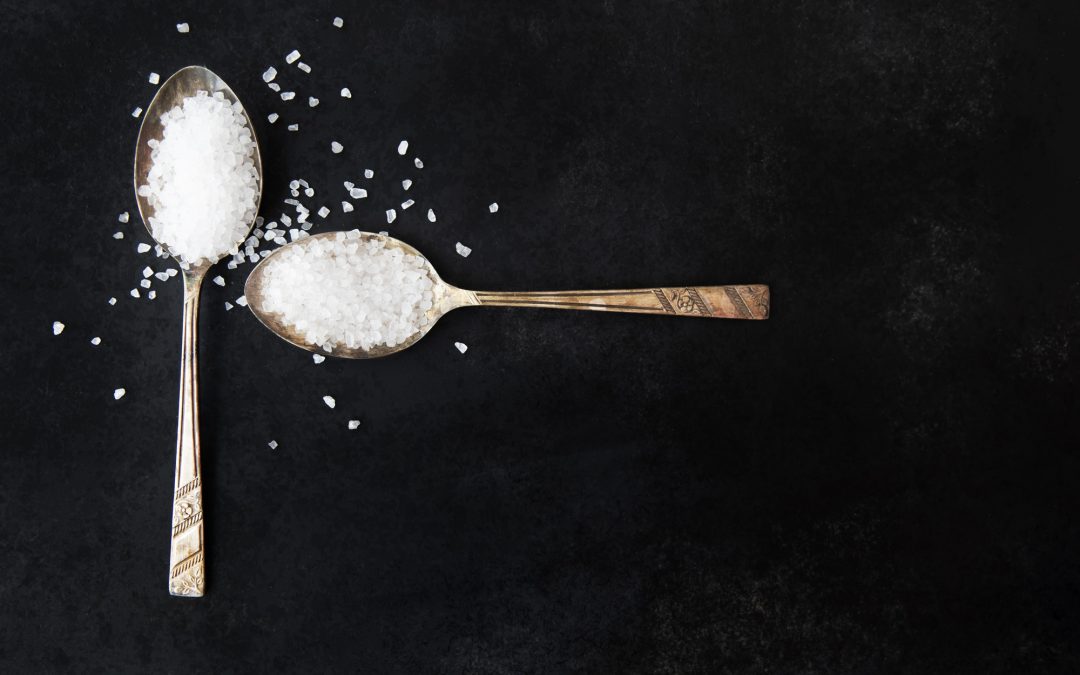Learn about what makes a good hypertension diet, how to eat for better blood pressure, and improve your health through the food you consume.
When the heart pumps blood, it’s normal for blood to push against blood vessel walls; this is called blood pressure. However, when this pressure is above the normal range, it can be a damaging condition known as high blood pressure.
High blood pressure (or hypertension) is a significant risk factor in cardiovascular disease. While there are many elements that can lead to high blood pressure, we know that diet can have a big impact.
Eating certain foods can increase blood pressure, while others help lower blood pressure. Moreover, a diet that results in extra weight can also negatively impact blood pressure, while losing weight has a positive effect.
To help manage high blood pressure, focus on eating foods that are low in salt, fat, and calories. Using herbs and spices to replace salt as a food flavoring can also help.
Additionally, you should limit certain food items from your diet. These include butter, shortening, oil, margarine, and salad dressings, as they can clog your arteries and increase blood pressure.
Foods to Eat and Avoid

When it comes to improving blood pressure, you should try calcium-rich foods that help lower blood pressure. Consider replacing whole milk with 1% or skim milk and eating Greek yogurt as a healthy snack.
You can also eat lean meat, and skinless chicken and turkey, as well as hot cereals and low-salt cereals that are ready-made. Opt for low-fat and low-salt cheeses and plain pasta, rice, and potatoes.
When choosing breads, try english muffins, bagels, rolls, tortillas, and low-salt foods overall. Furthermore, you should eat plenty of fruits and vegetables, especially the fresh kind.
Conversely, you should avoid fatty meats, fried foods, fast foods, butter, margarine, whole milk dairy products, and regular salad dressings. Also make sure you limit the amount of deli meats, canned soups, and salted snacks you eat, as they are high in sodium.
Sodium and Blood Pressure
Salt is mostly made up of sodium, which causes your body to hold extra water when you consume too much. For some people, this reaction leads to a rise in blood pressure levels.
The body holds the extra water to help “wash away” the salt from your body, and this extra water can put additional stress to the heart. To avoid this, the American Heart Association recommends a daily sodium intake limit of 1,500 mg or less.
Some simple tips to reducing salt intake include not using table salt and choosing foods lower in sodium.
In addition, you can use salt substitutes and read nutrition labels when buying groceries at the supermarket.
Improving Blood Pressure
Eating healthy is one of the best ways to improve blood pressure and circulation. In fact, there are dedicated diets like the DASH Diet that specifically target high blood pressure.
Another thing you can try is taking a circulation supplement like L-arginine Plus. Its ingredients increase nitric oxide in the body, a substance that relaxes blood vessels and improves circulation.
When it comes to improving blood pressure, there are many things you can try at home to reach the levels you need. Try L-arginine Plus alongside a healthy diet to offer your blood pressure health the support it needs.

